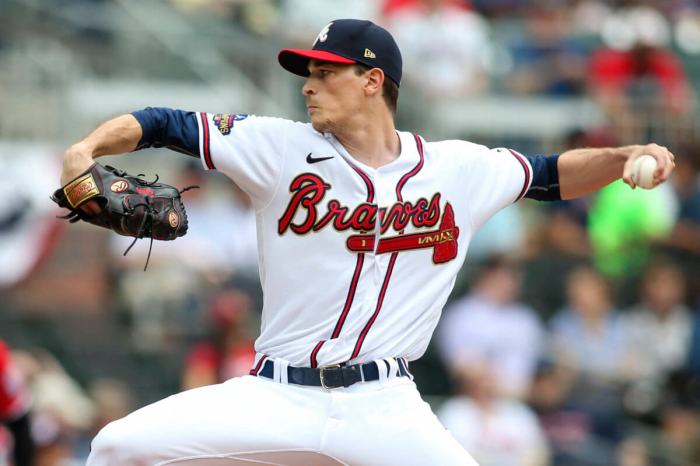It’s actually called William A. Shea Stadium, the way the team is actually called the New York Metropolitan Baseball Club, Inc.
Few alive today remember who Shea actually was. Before the stadium goes dark for the last time, it is fitting to shed light upon the man.
William Alfred Shea was born in the Washington Heights section of Manhattan on Friday, June 21, 1907.
He spent his early years as a rapt fan of the numerous semi-pro baseball teams of the time, including the Bushwicks, a powerhouse team that played in long-gone Dexter Park ball field in Woodhaven.
His passion for the game was fueled in part by a Spanish teacher at George Washington High School - an uncle of Yankees’ star pitcher, Herb Pennock. The offer of free tickets as a reward for good grades prompted Shea to excel.
Despite his love for baseball - he was forbidden to play football by his mother - Shea excelled at basketball.
Years later, this would prove fortuitous for Met fans.
Undaunted by the fact that George Washington High School didn’t have a basketball team, Shea and his friends created their own “school,” “Fort Washington Prep,” and arranged for their “varsity team” to play against squads from other, real schools.
Though the fraud was quickly exposed, for his audacity, Shea was reportedly elected student government president by the largest margin ever.
He attended New York University, then Georgetown University (where he played in 57 games as a genuine varsity player) on basketball scholarships. He earned a law degree at Georgetown in 1931, and later graduated from Harvard Law School.
Despite this legal pedigree, Shea was said to have bragged that he never “really practiced law in the conventional sense.” Associates joked that he couldn’t find the courthouse.
Rather, he became the consummate negotiator and insider, beginning with his close association with George V. McLaughlin, the head of Brooklyn’s Democratic Party, through Mayors Wagner, Lindsay and Beame, to Governor Hugh Carey.
Shea became adept at balancing public and private interests. He honed these skills in several positions in the state’s regulatory system, while acquiring ownership of a professional football team on Long Island in the late 1930s.
Entering private practice in 1941, by the late 1950’s, Shea was doing legal work for numerous prominent organizations, including the Brooklyn Dodgers.
In 1957, both National League baseball teams abandoned the city for California - the Dodgers from venerable Ebbets field and the Giants from Shea’s boyhood haunt, the Polo Grounds.
Mayor Robert F. Wagner tapped Shea to head a committee charged with bringing home a National League team and mend this wound to the city’s psyche. Several attempts to woo existing teams were rebuffed.
At that time, Major League Baseball owners were resistant to the idea of expansion, at first agreeing to only two new teams - neither for New York.
Shea, as he had in high school, found a solution. Along with baseball icon Branch Rickey, he simply founded another league.
The very first team in the new Continental League, not surprisingly, was for New York. Before more than four teams could be organized, the established leagues agreed to incorporate them - and eliminate their upstart competition.
The Mets played their first two seasons at the Polo Grounds, waiting for the unnamed venue they would share with the New York Jets football team to be completed. During that period, a newspaper held a contest to pick a name for the stadium.
Shea won unanimously. It is the only ballpark ever named after a lawyer.
He in fact, wanted to name it after Mayor Wagner; Wagner wanted to name it after Shea. It was one of the rare times Shea failed.
He famously predicted that 15 minutes after he died, his name would come off - perhaps his only other flub.
William A. Shea died in his home in Manhattan, on Wednesday, October 2, 1991, while the Mets were playing “away from home,” in Pittsburgh.
At the unveiling for Citi Field, the new home of the Mets, principal partner Fred Wilpon declared, “We will honor Bill Shea somewhere in this stadium.”
There are those of the opinion that the honor should be a statue and appropriately, it should be larger-than-life.































